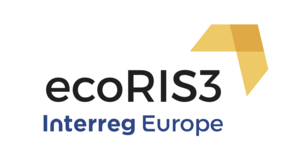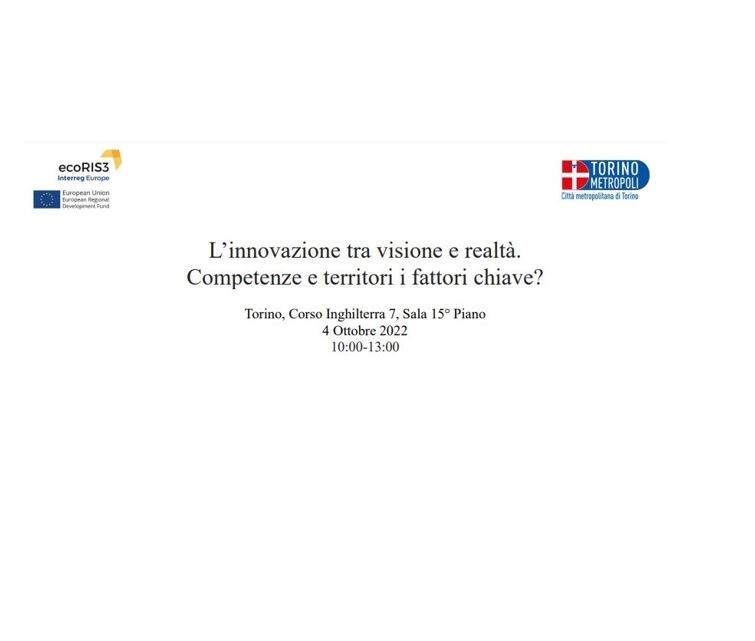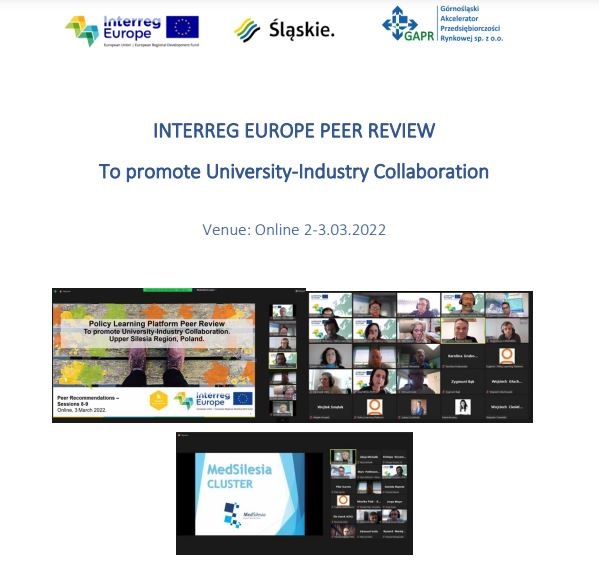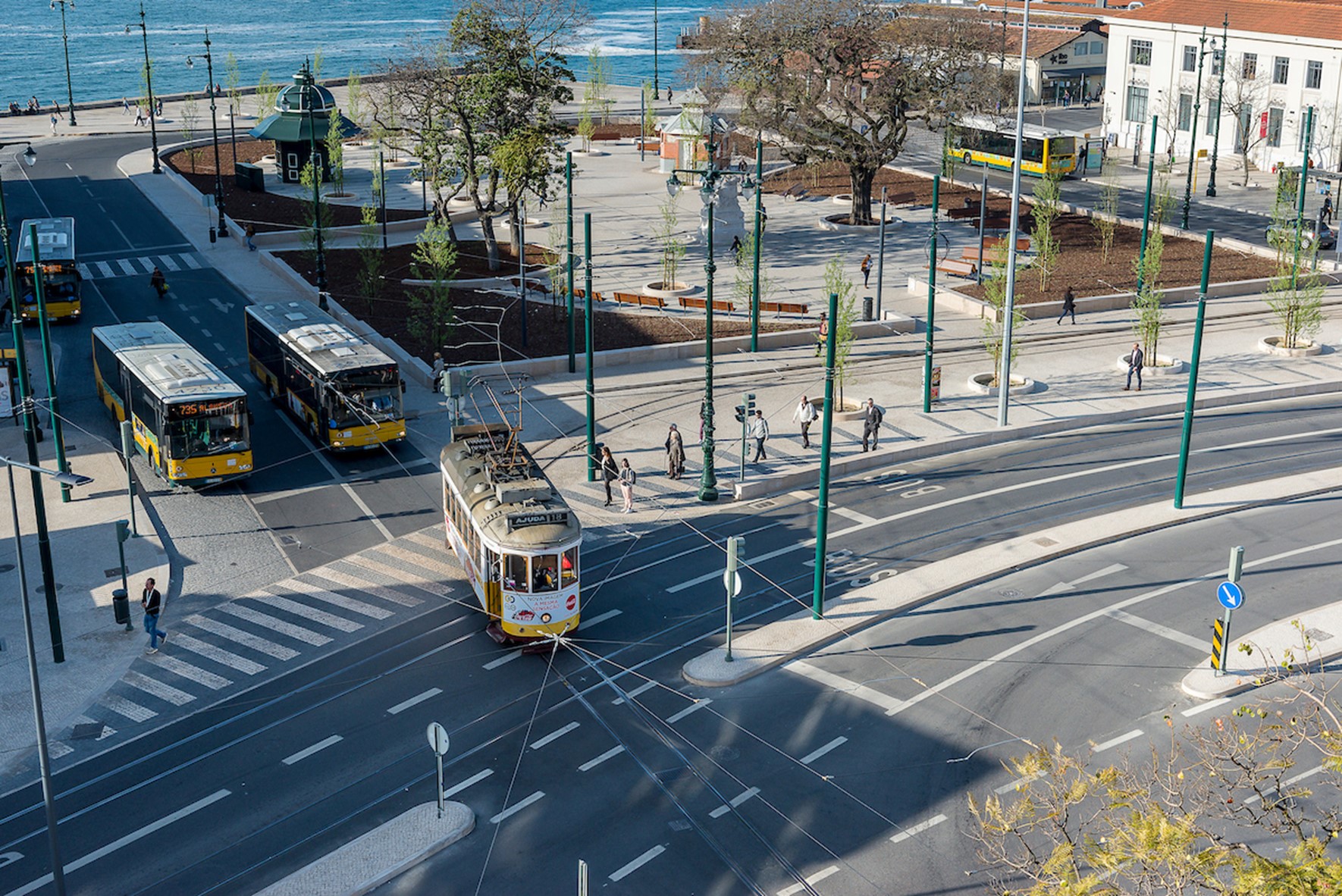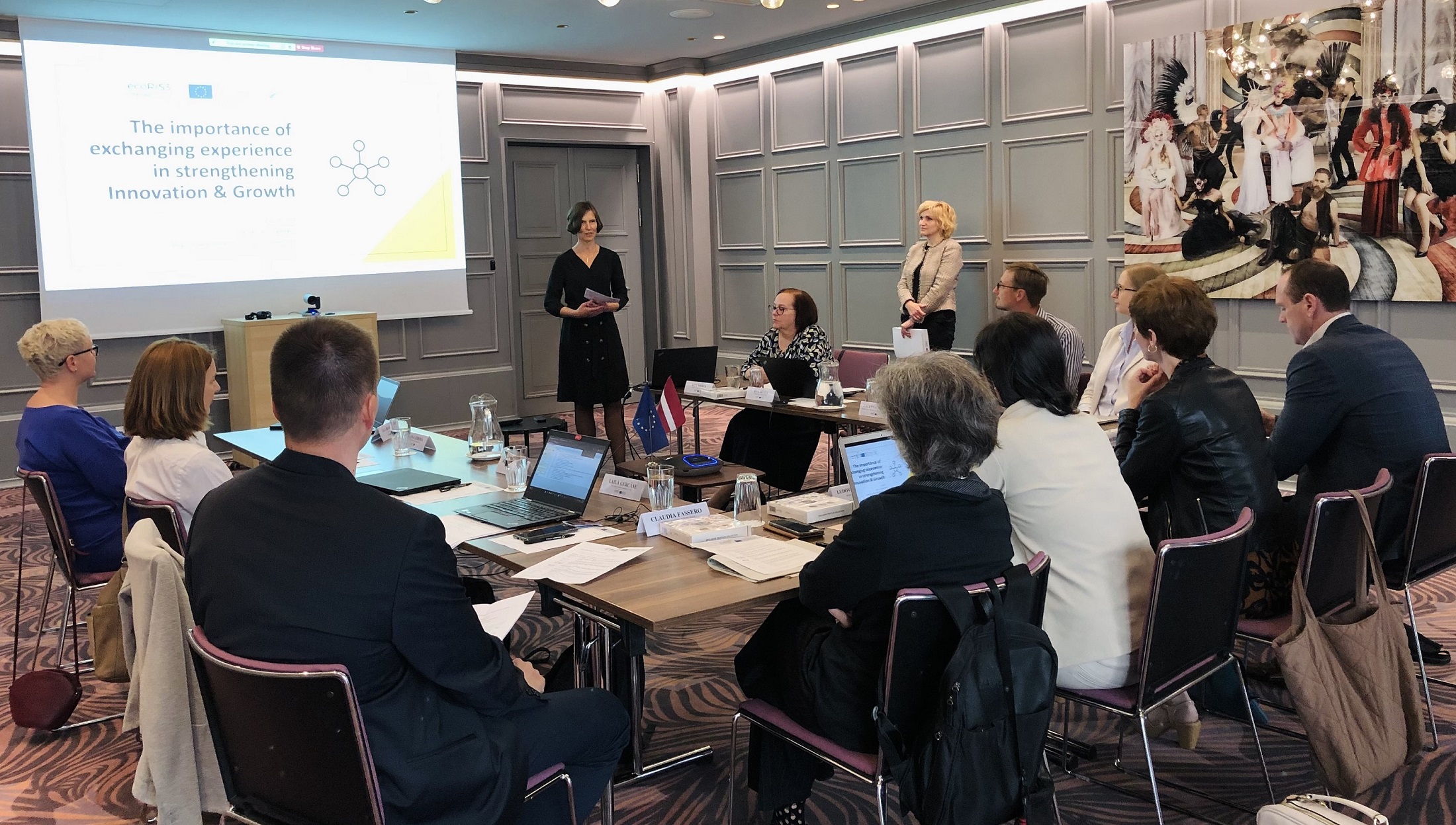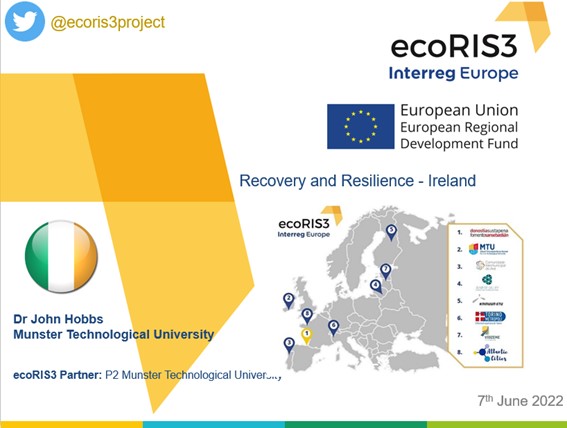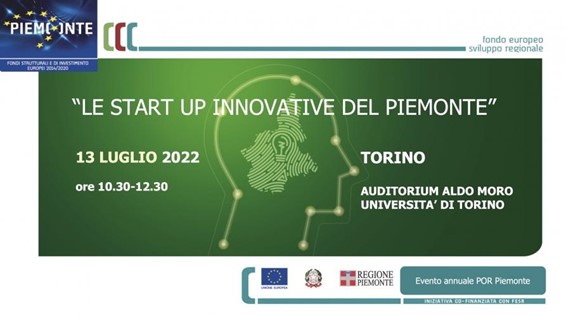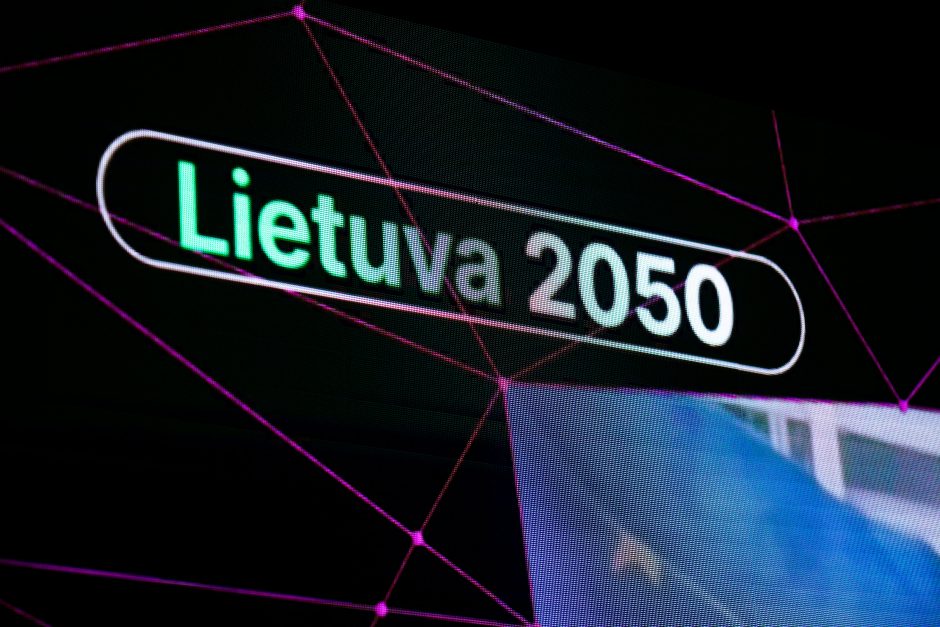On the 30/10/19, the ecoRIS3 Italian Info day was held at the Metropolitan City of Turin and it had the opportunity to host the Irish delegation organised by Irish partner CIT.
After metropolitan councillor Dimitri De Vita’s welcome speech, Claudia Fassero – head of EU & International Project Unit inside of Metropolitan City of Turin – presented an overview of the ecoRIS3 project and the results reached at the end of the first phase.
The discussion was focused on the cluster system, from its birth to its advantages, to the challenges it faces and to the limits of this system in our cases - the Irish case and the Piedmont “innovation poles”.
To open the discussion, a socio-economic framework of Piedmont region was provided by both Ing. Zezza and Dr. Nepote. It has been shown how the economic strength of the region is mainly composed by SMEs (precisely 98.85%), of which the majority are micro (less than 10 employees), and how Piedmont has a long-lasting industrial tradition in which emerging trends are combined with the traditional sectors, such as automotive, aerospace, mechatronics, green chemistry, textiles, food processing, clean tech, ICT, life sciences, etc.
The presence of 4 universities (with 3 incubators for start-ups), over 200 research centers and 380 laboratories certainly provides an added value to the territory that boasts 7 innovation poles throughout the territory (> 1500 companies involved). In this framework, the Piedmont Region reaches the third place in terms of Italian productive performance, behind Lazio and Lombardy. Nevertheless, there are still some negative factors, paradoxes and challenges that Piedmont will have to face in order to be a competitive in the future.
The industrial R&D competences of the companies in the region are quite high and therefore require a high rate of private investments, which in fact turns out to be much higher than the European average. However, these investments do not come with an equally high rate of innovation and performance among companies, especially after the crisis in the manufacturing sector and the industrial transition, that Piedmont is currently facing. As it has been pointed out in the discussion, this peculiarity has many consequences as it involves a low degree of collaboration between the local SMEs that struggle to see around themselves an ecosystem, instead of an environment full of competitors. The SMEs performance provides good internal results but the low level of external collaboration, both among themselves and with the institutions present in the territory, is a huge obstacle for the innovation of local businesses ecosystem.
It was also highlighted that there is a huge problem of concentration of innovative companies in the urban area of the Metropolitan City of Turin, a phenomenon known as urban polarization.
Another element appeared from the discussion concerns the high regional rate of youth unemployment. In fact, after having verified that Piedmont's GDP is one of the highest in comparison to the national average, we must also consider that from 2018 it presents negative returns in terms of per capita GDP, compared to the performance of other Italian “benchmark” regions (Lombardy, Veneto, Emilia-Romagna and Tuscany). To explain this result, we must consider the aging of the population which inevitably leads to a predominant number of older workers compared to young workers. It is now clear that this phenomenon is mainly due to a mismatch between the specialization of new potential workers generations and the professional skills required from local companies, that is a great demand for highly qualified technical skilled people. Moreover, in the rare cases of actual correspondence of these two aspects on the labour market, there is a strong outgoing migratory flux of the more specialized and ambitious young workers who find better opportunities elsewhere, both nationally (mainly towards Milan but also other Italian regions) and externally to other Member States or even outside EU. At local level we tried to stem this problem by setting up some courses in High Technical Institutes (“Istituti Tecnici Superiori ITS”), created precisely to address the companies demand for new and high technical and technological skills. However, these initiatives have not yet managed to completely fill the existing gap and youth unemployment remains a concrete problem in Piedmont.
Some crucial challenges need to be addressed in order to develop the industrial fabric of the region, among the challenges mentioned:
- increasing the innovative capacities of SMEs for a greater local collaboration;
- investment in high-level skills for the employment growth of the population;
- creation of a positive ecosystem;
- increasing the connection between the regional economy and the main city,
- increasing support for the integration of regional R&D skills in the European and international value chain.
For further info contact: [email protected]
